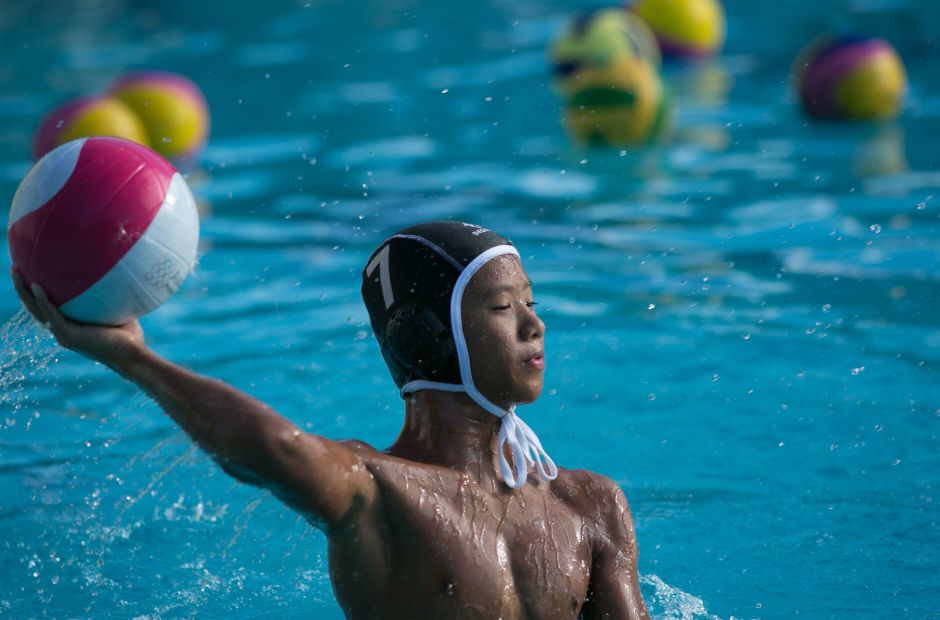Yang Wenqing, Juying Secondary, Outstanding Youth in Education Award 2020 finalist
“Ms Yang, what exactly is the ‘light-year’ that you mentioned?”
I answered, “In theory, nothing can travel faster than light. In one second, light can travel an astonishing distance of 300, 000 kilometres! Space is so vast that…”
Before I could finish, another Secondary 1 student waved his hands excitedly in the air to catch my attention and asked in disbelief, “Teacher! Do you mean that the sunlight we experience now actually took 8 minutes to reach the earth?”
I felt so proud, not just of my student’s ability to extrapolate from what I said, but also his quick way of conveying his conclusions.
Illuminating Life with Scientific Values
I love teaching Science. Each time I see the awe in my students’ eyes when they discover the answers to their Science questions, I know something in them has stirred — their curiosity.
To develop this innate curiosity, I have introduced the Science Inquiry Project to all Secondary 1 students.
From first learning about the Scientific Method and picking up practical skills, to independent planning and executing of experiments, our students have fun with hands-on activities as they work on their choice of project — whether it involves releasing parachutes to investigate how size affects its fall or adding salt into water to make an egg float.
Hands-on experiences are critical to the learning process. My students get a taste of experimental failures. Before they can get things right, I want my students to appreciate the fact that even Thomas Edison and Albert Einstein failed umpteen times before they celebrated their successes.
The Values of Science and Talking About It
One such golden opportunity came along for me during a practical class.
“Ms Yang, I did not get the expected results. Should I write down what I think is correct?”
Me: “Have you thought through what went wrong and repeated the experiment? I would still like you to record your unexpected results.”
“But Ms Yang, my observations are wrong… why would you like me to write them down?”
Me: “Well, is this your first attempt at the practical? How would noting down your wrong observations be useful?”
“Are you telling me it is OK to not succeed the first time? I understand now. I will adjust my method and try again!”
My colleagues and I also provide opportunities for my students to hone Science communication skills and confidence in speaking.
One such experience I had was when I tasked my class to film a short video of themselves conducting and explaining DIY Home Science. They exceeded my expectations! I found that they not only worked well in teams, they were able to appreciate and communicate science with such confidence. Of course, in the process they also met with failures, which was the learning environment that I wanted to create for them, so they learned to overcome it.
The probing and gathering of information continue in Secondary 2, when we bring the cohort out to Sungei Buloh Wetland Reserve for an annual learning journey on Biodiversity.
Besides recording sights and sounds, we group students beforehand and get them to plan out questions for their assigned nature guides so that they can gain insights into the flora and fauna that go beyond the everyday.
Finally, groups regather as a class to explain interesting findings, such as why mangroves have unusual roots, or how migratory birds can come from as far as the Arctic Circle.
Beyond raising their awareness of environmental conservation, what our students gain from this experiential learning journey is valuable and is summed up by this old adage — I hear and I forget, I see and I remember, I do and I understand.
Using the Scientific Method to Help Motivate
For a few years, my colleagues and I have puzzled over how to help low-performing students.
As we pored over assessment data and feedback from teachers, I noticed that lack of motivation is often brought up as a cause for poor performance.
So, I conducted a survey among some of my students. From their responses, I realise they generally do value the subject. But they had low confidence in their ability to master it.
The results of our inquiry prompted me to reflect deeply upon my own approaches towards unmotivated students.
I came to realise the role of the teacher is not just to teach the subject, but also to journey with these students and recognise even the smallest improvement made. They were already aware of their shortcomings — what they needed was encouragement.
I reminded myself that I needed to be more encouraging and patient with my weaker students. I did not always see the results of my actions immediately, and this could be discouraging at times. I believed if I persevered, there would be breakthroughs.
A few years ago, a student who had graduated wrote to me: “Ms Yang, thank you for always encouraging me to be punctual for school. You made me feel that someone wanted and appreciated my presence in school.”
Such a little thing, but such great motivation.
Turning the Lens on Our Teaching
As an educator, I am also learning ways to create positive classroom experiences for my students. In 2019, I worked with the English Language Institute of Singapore to pick up a new technique called Teacher-Guided Writing Discussion.
This method helped me to guide my students in constructing good responses through scaffolding the writing process. To increase class participation and enhance science communication in the classroom, I also learnt to use Talk Moves to probe for my students’ reasoning.
I always tell my students to be curious about the world around them. As their teacher, I have to model this as well: keep learning, be reflective, and stay in touch with evolving trends. Only then can I remain relevant and effect positive change to meet the needs of every student.



.jpg)

.jpg)
